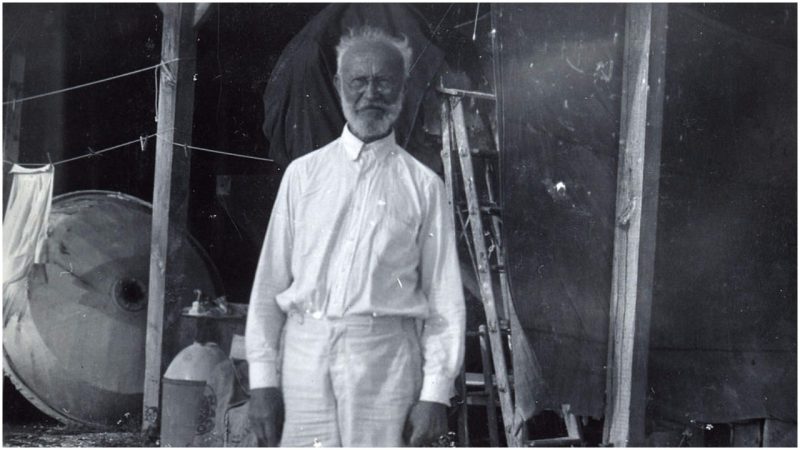“If you gave someone your heart and they died, did they take it with them? Did you spend the rest of forever with a hole inside you that couldn’t be filled?” – Jodi Picoult
Perhaps yes, because, for what is worth, maybe we can never love someone as much as we can miss them. That being said, there is one disturbing example of a man who refused to spend his life with a hole in his heart. A man so obsessed that he exhumed the body of the object of his affections from her tomb.
He claimed that he aimed to build an airship and send his loved one “high into the stratosphere, so that radiation from outer space could penetrate Elena’s tissues and restore life to her somnolent form.” This man had many talents and even more academic degrees to prove them, but in the end he was just a lonely eccentric who earned his place in history books as an obsessive maniac and “groom” to a corpse bride.
Radiologist Carl Tanzler, who was born in Dresden, Germany, claimed, among many things, to have been submarine captain during the First World War and accomplished inventor. He married a fellow German girl in his homeland rather late in his life, at the age of 43, with whom he had two children.
In a strange twist of events, however, Carl left them for good after they all emigrated to the United States in the mid-1920s, only two years after his wife gave birth to their second child Crystal, who eventually died from diphtheria when she was only 10.
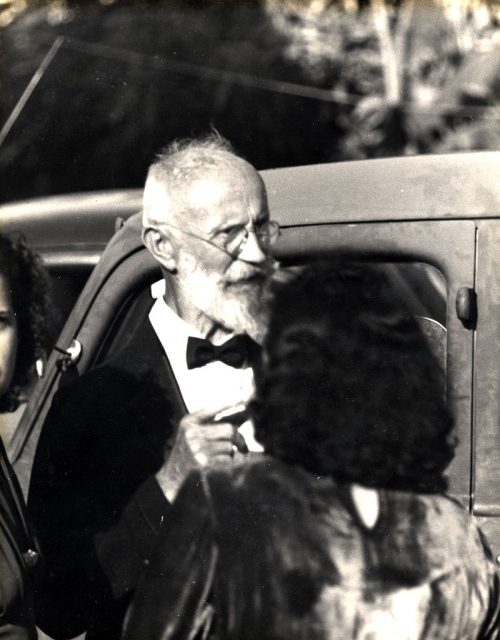
The family went through thick and thin to get to America, changing their names in the process. Just as they were starting to settle down in Zephyrhills, Florida, Carl was offered a position at the United States Marine Hospital in Key West. So under his new name, Carl von Cosel, or Count Carl von Cosel, a title as fabricated as was his last name and everything that followed after, he opted to pursue a career as a doctor instead of being a loving father and a husband.
Not much is known about him in those few years from when he took the job in 1927, until April 22, 1930, when a new patient, a white-skinned, dark-haired Cuban beauty named Elena was admitted at the hospital. Her full name was Maria Elena Milagro de Hoyos, a heaven-sent love of his life for Carl, and the moment he first saw her, the beginning of a long-lasting “loving” relationship with literally the woman of his dreams–of which she would know nothing about.
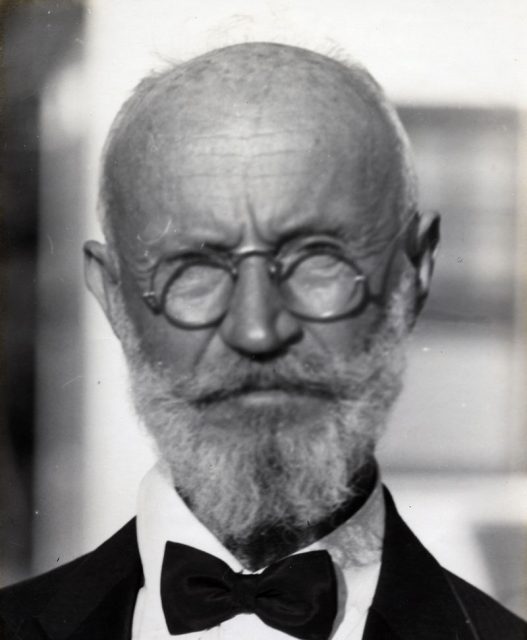
Back when he was young, Carl spoke that he had dreamed of the Countess Anna Constantia von Cosel, allegedly his late ancestor, who in the dream unveiled the face of the woman who was destined to be his true love. He was plagued by the vision of her beautiful exotic face ever since. Until that April morning.
Unfortunately, he soon found out that this love interest of his was struck down by tuberculosis. He was clearly devastated, yet resolved to save his “soulmate” now that he had found her. So he treated her as kindly as possible and cared for her in a way no other doctor would. Completely invested in her recovery and in total disregard to hospital policies, he tried every legitimate and illegitimate treatment there was in order to find that miracle cure for his dear Elena. But despite all of his efforts, Elena succumbed to the disease and died almost a year and a half later, on October 25, 1931. She was only 21 years old when she passed away.
After her death, the doctor arranged for her to be buried in an expensive mausoleum raised in stone in the Key West Cemetery, and when her family approved, paid for her body to be prepared by the best mortician in Florida. For two years he visited her graveside almost every day. It was a kind gesture from a dear doctor who gave everything to save a patient, but sadly didn’t, and was devastated by the outcome. Or that was what her family believed to be the case.
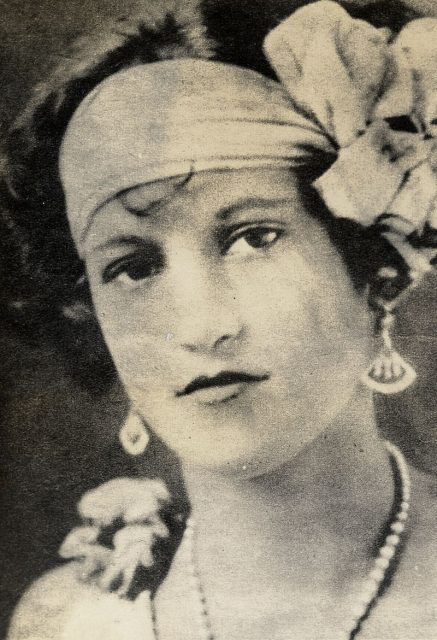
But little did they know, his true intentions were rather sinister. They were totally unaware of the fact that Tanzler had made a spare key to the mausoleum and made his visits behind closed doors, inside the tomb. In the spring of 1933, he stopped his nightly visits. Seven years later, stories of a doctor who made frequent visits to women’s clothing stores and perfume shops, buying all sorts of lady things, began to arouse suspicions.
Elena’s family heard the rumor that Dr. Carl was seeing someone. He was seen dancing with a ladylike figure behind closed curtains inside his home. At first, they were happy for him, until Elena’s sister, in October 1940, decided to pay him a visit–only to find out that the doctor actually was seeing her long-dead sister. She ran out in horror and reported him to the authorities in an instant. It turned out that Carl, in desperate need to spend more quality time with his decaying soulmate, went into her mausoleum once more and stole her body from her eternal resting place to “live” in his home and sleep right next to him.
After the investigation, the police found out that he loaded her decomposing body into a wagon and transported her back to his makeshift laboratory, constructed out of an old airplane, where he stitched her up and inserted hard wires to preserve and change her posture at ease. In addition to that, he waxed the skin, stuffed the inside with rags, plastered her body and placed glass eyes in her eye sockets.
A more thorough investigation of her body found a delicately shaped cardboard tube placed in the genital region, most probably to allow for intercourse. He was prosecuted for “wantonly and maliciously destroying a grave and removing a body without authorization.”
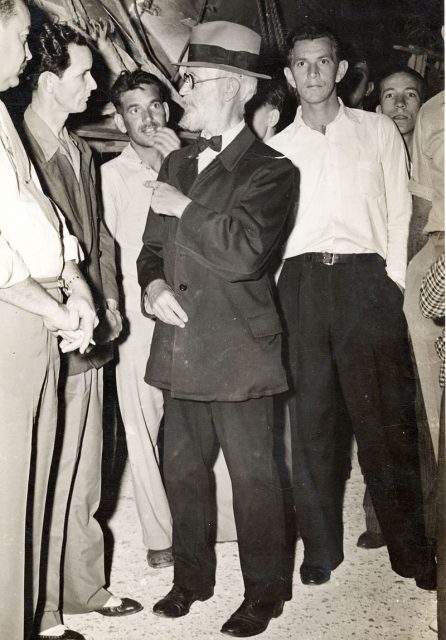
His trial became a real sensation and led a portion of the public to feel sorry for him. They saw his deeds as the actions of a hopeless romantic when in truth they were wrongdoings of a man with a severe psychological disorder, who after the trial even asked to have her body returned to him. And if he was twisted and insane, it was more insane and sick that the authorities, upon public request, decided to display her body in a museum.
After a short while, Elena was taken down and now rests in the same cemetery but in an unmarked grave, safe from the prying eyes and perverted admirers. As for, the “Count” in question, well, he didn’t get his lover’s body back but constructed a full life-size doll in her image with whom he spent his rest remaining years.
